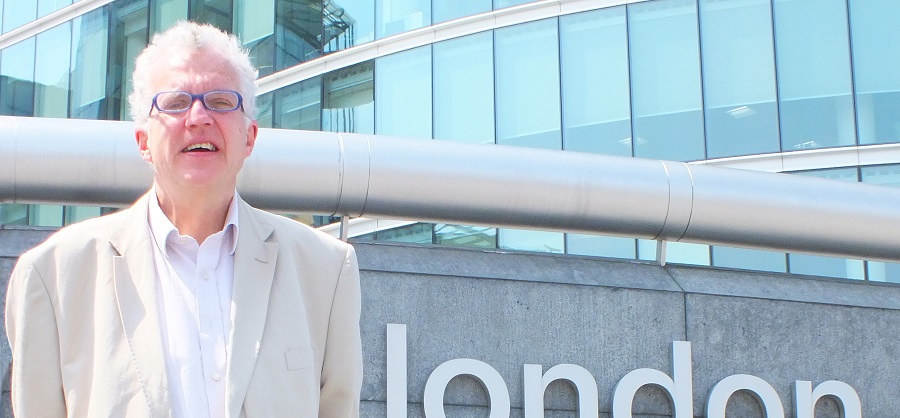The Channel Tunnel is a sadly wasted asset. Far from being a vital transport link with Europe, its relative unimportance as part of the transport structure is a sad testimony to its failure to live up to its promise. Every time that the financial crisis which has dogged the project since its inception, the question of its closure is raised.
French shareholders are about to decide whether to vote to lost most – but not quite all – their equity in order to salvage the company but in truth even if Eurotunnel were to go bust, the tunnel would not close. Its operations make profits of £200m or so annually and losses only arise because of interest on the huge £6.2bn debt has to be taken account.
Therefore, it would be economically nonsensical – as well as politically unfeasible – to close the tunnel but the truth is that no one would much notice. Sure, the excellent Eurostar service would not attract many passengers be rather hampered if the trains had to be transported across the Channel on a ship, but most of its 7m annual passengers would quickly find themselves other ways of travelling between London and Paris or Brussels. Ferries would quickly emerge to take the cars and lorries currently using the shuttle and as far railfreight using the tunnel, it has virtually dried up anyway.
OK, that is stretching a point but that is simply to demonstrate that usage of the tunnel has been deeply disappointing. At this point, 12 years after opening, twice that number of people were supposed to be travelling on Eurostar. Railfreight tonnage was supposed to be in the order of 10m tonnes annually, rather than the trifling level of around 1m being carried at the moment (and falling fast because Eurotunnel refuses to lower prices for freight operators following the ending of a subsidised arrangement last November). And by now the tunnel’s shuttles were supposed to have driven the ferries out of business.
The tunnel is a victim of the way it was funded with private money, which means that the asset will always be underused. For example, a service that would make the tunnel more popular and accessible would be local trains that connected the south coast and Kent with northern France. It would allow people to commute across the border, to improve links between the two areas and renew the century old Entente Cordiale. But the cost of using the tunnel, along with over stringent safety rules and the fragmentation of the British rail network ensure that will never happen.
This failure to exploit existing assets is not just a matter for the tunnel. When the private sector is involved in funding major transport infrastructure schemes, it understandably expects a decent rate of return which, from a societal point of view may not be optimal. Look at what is happening on the Croydon Tramlilnk. People are desperately piling into the trams at weekends and yet the private company – a private consortium that includes 3i, Sir Robert McAlpine, Royal Bank of Scotland and Amey – running the service on behalf of Transport for London refuses to put on any extra services. Peter Hendy, the Commissioner, is tearing his hair out at the fact we have a wonderful asset – paid largely, incidentally, by the taxpayer despite the private sector involvement – which is being underused because private sector interests are not synonimous with wider economic ones.
Contrast this with the Lewisham extension of the Docklands Light Railway which was developed privately and where originally an extra tariff was to have been charged. Instead, at a late stage, fares for using the extension were merged in with the rest of London’s ticketing system and usage has boomed, stimulating much economic regeneration in the area. If, as looks increasingly likely, Crossrail gets the go-ahead as one of Gordon Brown’s early prime ministerial announcements, then the same mistakes must not be made again.
